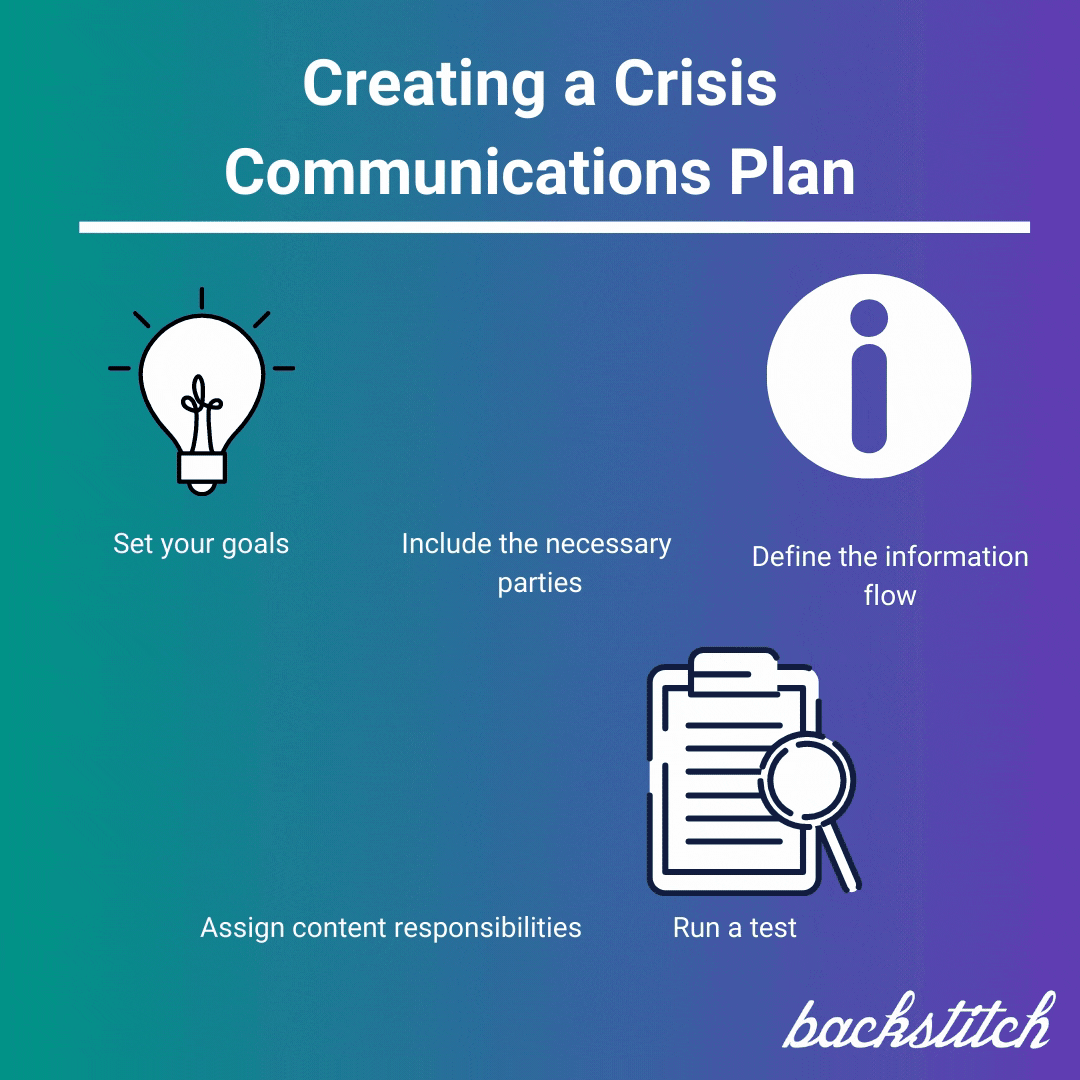The worst time to come up with an effective crisis communications plan is during a crisis. When emotions and stress are high, you’re in no position to come up with a logical solution.
This is why it’s so important to know how you and your team will handle a crisis ahead of time. When you have the time to sit down, brainstorm and calmly think things through, you’re much more likely to come up with a plan that works.
Read More: COVID-19 Return to Work Playbook
Preplanning does not just give you and your team the peace of mind of knowing that you’re equipped to deal with a crisis if one ever does happen. It also makes for less lag time between a crisis happening and you dealing with it — reducing the scale of damage in the process.
What is a Crisis Communications Plan?
Before you can begin to come up with a crisis communications plan for your organization, it’s important to understand what one actually consists of.
At its core, it consists of clear instructions to follow when a crisis first happens, communicating with the your team members about that crisis and figuring out how to prevent it from happening ever again.
This is easier said than done. Here is how to create your crisis communications plan.
Creating Your Crisis Communications Plan
An effective crisis communications plan can comprise of these steps:
- Set a goal: A clear goal from the beginning ensures more directed planning. For example, your goal could be “Delivering immediate messaging to our target audience.”
- Include the necessary parties: With your goal set, the next step is to identify all parties that would be required to accomplish the goal (content team, social media team, etc.)
- Define the information flow: When a crisis happens, who is the first, second, and third to know? Clearly define the drip of information to speed up the internal communications process with your teams.
- Assign content responsibilities: Make sure you know who will create content to accompany internal communications, press releases, and other forms of reactive messaging that address the crisis.
- Run through a test run: You may not know exactly what kind of crisis will affect you, but you can still do test runs to see how your plan holds up in action — and to fill in gaps that appear along the way. Some common test scenarios include natural disasters, building fires, and health crises.

These steps may not apply to all companies, as different organizations susceptible to different types of crises may require other considerations. However, they’re a great start — regardless of whether you’re a big company, a small firm, a nonprofit, or any other type of establishment.
To make sure you’re not caught scrambling in the event of a crisis, follow the steps outlined above to create a crisis communications plan for your organization; your employees, stress levels, and customers will thank you for it.
Beyond a crisis, your organization needs to improve your C-Suite and Board Metrics. Check out our new strategy guide for CEO Scorecards.


